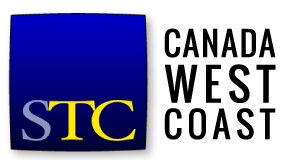(Presentation by Marcia Riefer Johnston)
Writing well takes practice. We all know that technical writing is a skill and while the basics can come quickly, using them automatically takes practice. We can always improve our writing but, how?
The session included tips new and seasoned writers can use to improve documents. Remember these three tips for tightening up your writing.
1. Be minimal.
I often find myself taking out unnecessary information while reviewing documents. I want to give my audience as much information as possible but, that information may not help. If you don’t need something, take it out. The increase in mobile device use for information reduces the real estate writers have for documentation. The change in how users view documentation makes minimalism especially important.
It’s a fine balance between trying to make your document concise and ensuring your audience has what they need. Never skimp on required information. The full presentation title is a great balance example: “Write Tight (er): A time-Saving, Pain-Free Technique for Selling Yourself, Your company or Your Products through Your Words”. While long, it serves its purposes. The audience understands exactly what they will get and the speaker gets people in the room. Mission accomplished!
Think about text like you do string. Make it as long as necessary.
2. Beware the filler words.
Filler words are everywhere. You use them when speaking so it’s natural they appear in your writing. If you don’t need them, delete them. It’s challenging but, exciting to see the improvement. A few things to focus on when revising are
- Reduce weak ‘be’ verbs (am, are, be, were, was etc.)
- Adverbs
- Words like: very, much, such, so, different, particular, just, of
- Avoid negative words no and not
- Phrases like: “That fact that”, “period of time”
These words hide in phrases like “be reflective of your surroundings”. Use “reflect your surroundings” instead. It’s amazing how often these words appear and how you start to see them in your writing when you look.
Words like “different” are often redundant. For example, “Steve Jobb’s name appears on 212 different patents.” Of course they’re different patents so take out the unnecessary word.
3. Use graphics and pictures.
If information is shown in a picture, take out the explanatory text unless it’s required. Review how your graphics are used and take out written information your audience may get through pictures.
Further resources:
The presenter suggested Story Craft by Jack Hart as a great resource for improving writing. Also, check out Marcia’s website for her presentation slides and more resources.

